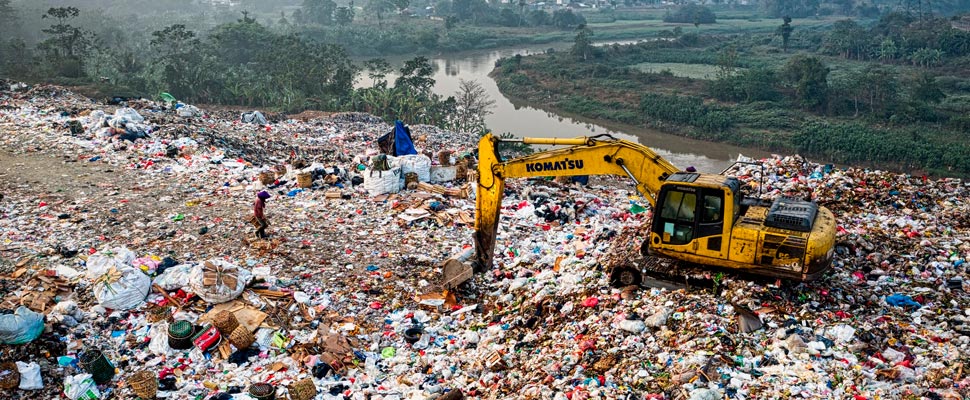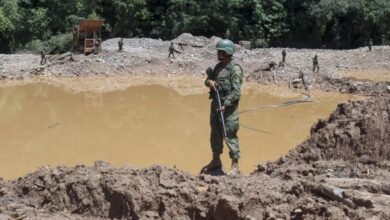How to End Garbage Dumps in Latin America and the Caribbean?
Latin America and the Caribbean contain tons and tons of waste that ends up in Open-air dumps .

Although the number of recycled waste appears to be low, it is high compared to other regions of the world, since in Latin America and the Caribbean, collection has grown over the last decade. Photo: Pexels
LatinAmerican Post | Vanesa López Romero
Listen to this article
Leer en español: ¿Cómo acabar con los basureros en Latinoamérica y el Caribe?
A Latino produces about 1 kilo of garbage a day and, in that order of ideas, it is possible to produce 231 million tons of waste a year in the region , according to World Bank data. Around half of these wastes are food, a third are dry and recyclable materials, but only 4.5% of these are recycled . Although the number of recycled waste appears to be low, it is high compared to other regions of the world, since in Latin America and the Caribbean, collection has grown over the last decade. However, most of the waste still does not go through a recycling process and ends up in open-air dumps.
Open-air dumps: an evil for human well-being
Unless you live very close to a garbage dump and you have to put up with the bad smell every day, the fact that there are places where our waste is dumped is an idea that we ignore almost every day. We may not have the bad smell when we return home and we will not suffer the direct consequences of these. But the reality is that garbage dumps are one of the main reasons for the pollution crisis we are currently experiencing , which contributes to the acceleration of climate change.
Also read: How Can I Start Composting?
On the other hand, according to data from the International Solid Waste Association (ISWA), 40% of the waste generated globally ends up in open-air dumps that remain in developing countries , several of these located in our region. It is believed that by 2050, waste will have increased by 70%, reaching 3.4 billion tons globally, according to the World Bank.
This is an alarming figure, as pollution from open dumps means poor air quality. According to data from PAHO (Pan American Health Organization), 330,000 deaths in the region are associated with poor air quality . This also happens due to the burning of garbage, which releases black carbon and PM2.5 particles that can become extremely dangerous to human health. Of course, those who are most affected are the workers of these garbage dumps and the communities that are close to them, which, of course, tend to be of limited resources.
How to end the problem?
Over the past decade, several garbage dumps have been closed in the region. One of the most important closures is that of Estructural, in Brasilia, capital of Brazil. This was known as the largest open-air dump in all of Latin America and the Caribbean, in which around 2,700 tons of waste were deposited per day . In 2018 the garbage dump was closed and it was for recycling facilities that benefited workers who previously exposed themselves by rummaging through the garbage in order to survive. Likewise, a sanitary landfill was created further from the city where the waste process can be controlled.
La Hoja de Ruta para el Cierre Progresivo de los Basurales en América Latina y el Caribe tiene como objetivo establecer los requerimientos y pasos necesarios para eliminar los basurales en la región para 2030.
Conoce más #SinContaminación https://t.co/pX58Qv9vig
— Programa ONU Medio Ambiente (@unep_espanol) June 27, 2021
Dumpster closures have been mainly promoted by environmental groups and organizations. Likewise, UNEP (United Nations Environment Program) works together with the voluntary coalition of governments and relevant organizations for the progressive closure of landfills in Latin America and the Caribbean, which was established in 2018. Last 25 In June, the Coalition met to establish the steps to follow to close the garbage dumps in Latin America. This is a priority plan, as it is extremely important to prevent climate , pollution and biodiversity crises from continuing to increase.
The main solution is to opt for recycling and a pedagogy of the good use of waste . We have already seen that in cases such as Estructural, the closure of the garbage dumps and the creation of recycling centers give good results. This has also happened with landfill closures in Mexico and Nicaragua , where the environment and, consequently, human beings, benefit.



